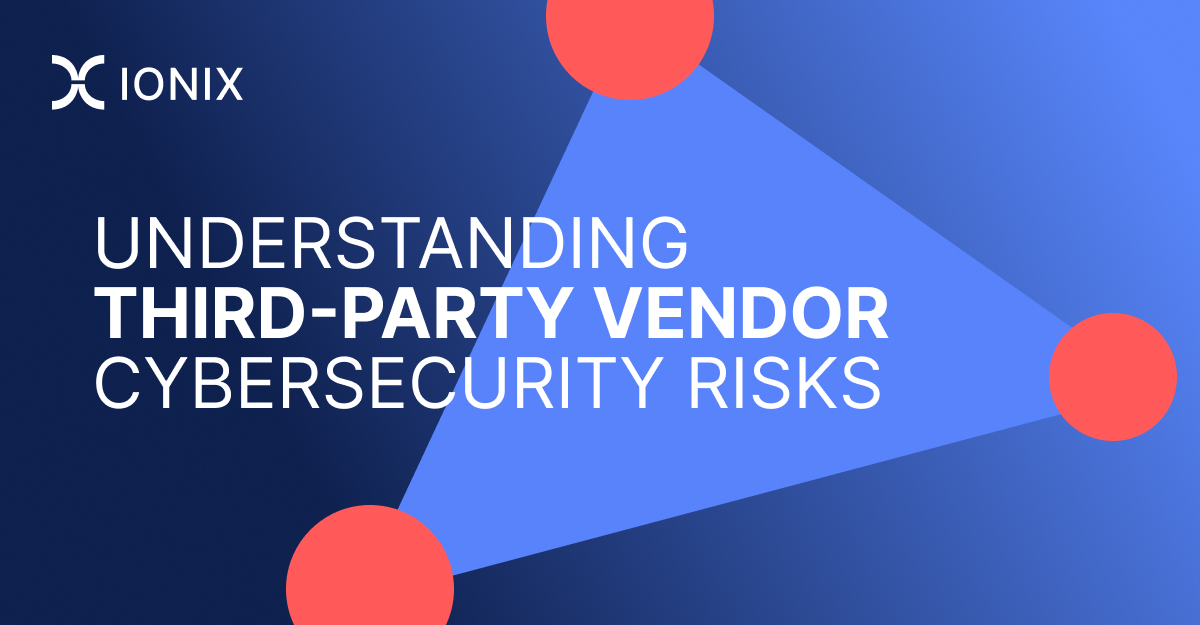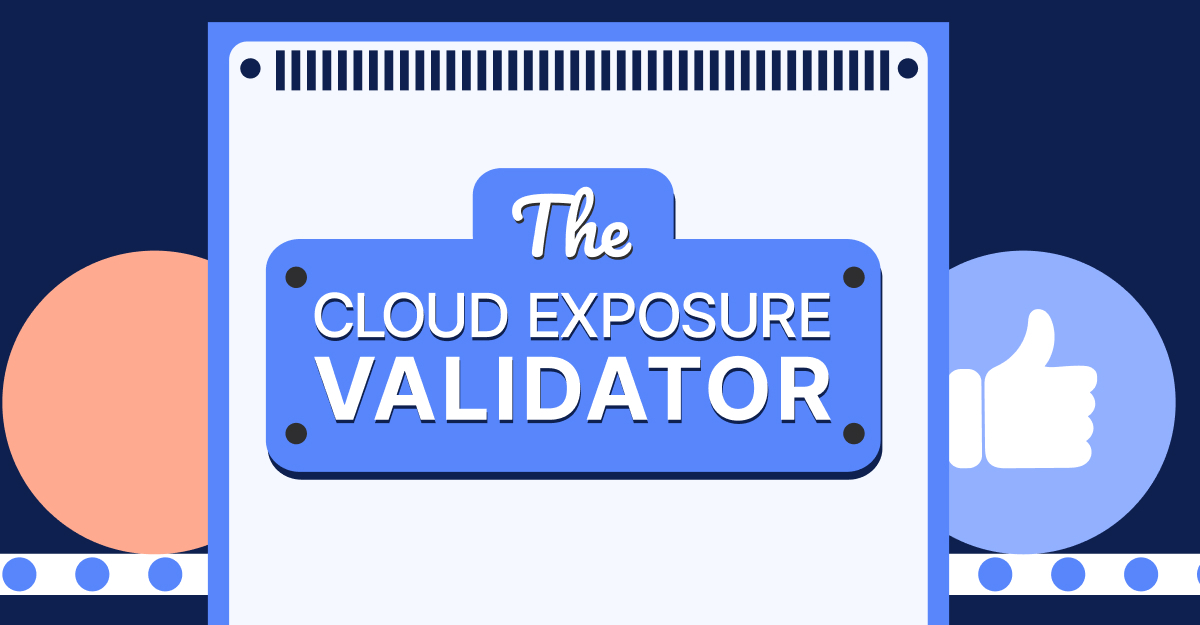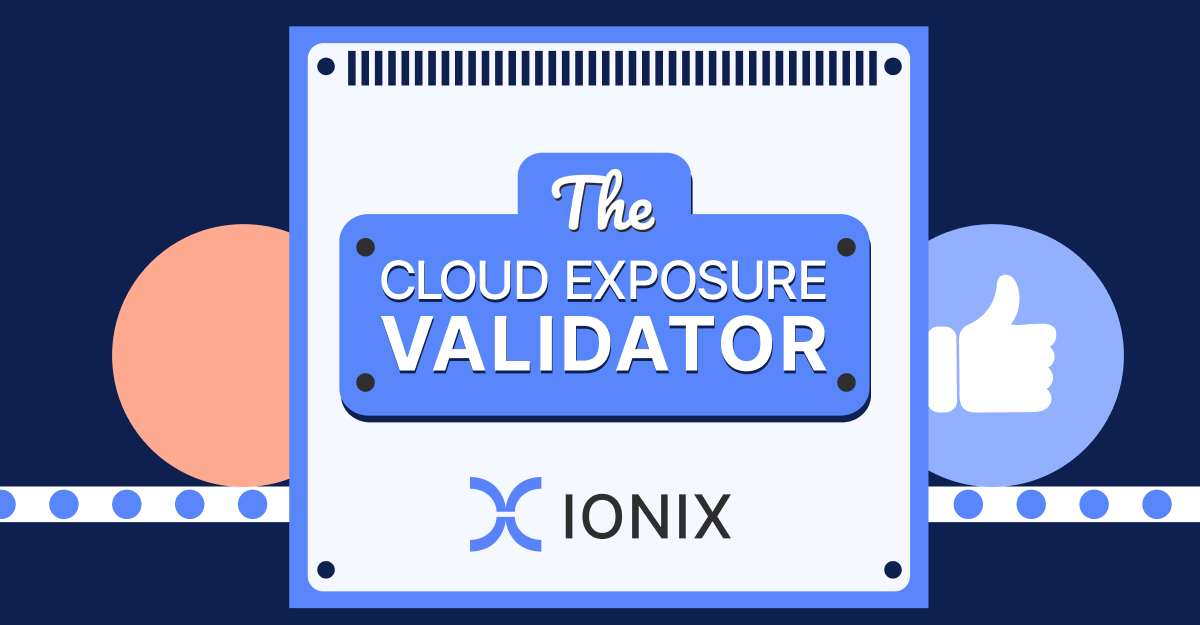Third-Party Security Risks: The Complete Guide

Third-party vendors are essential for many business operations, from cloud providers to SaaS applications. However, they add to the ever-growing scope of an organization’s risk management.
Third-party risk management (TPRM) is the process of identifying, assessing, and mitigating the security risks posed by vendors, contractors, and service providers that have access to your organization’s data or systems. These external parties can significantly impact your organization’s cybersecurity posture due to their access to sensitive information, integration with your network, or handling of critical services. As vendors become a crucial part of business operations, managing the security risks they introduce is vital.
In this article
Impact of Third-Party Risks
The security risks that third parties can introduce can have a variety of potential impacts on your security, including:
- Loss or Exposure of Sensitive Data: A breach in a third-party vendor’s network could expose sensitive company or customer data, including financial information, intellectual property (IP), or personally identifiable information (PII).
- Financial Risk: The costs of responding to an incident involving a third-party breach can be immense. Beyond the immediate response, the business may face fines, penalties, legal fees, and revenue loss due to operational downtime.
- Reputational Damage and Loss of Customer Trust: If a third-party vendor suffers a breach and customer data is compromised, it can severely damage your company’s reputation. Trust is hard to rebuild, and businesses may lose clients or customers.
- Regulatory Compliance Risk: Many industries require strict adherence to data privacy laws, like GDPR or HIPAA. A third-party breach may result in regulatory penalties if the breach exposes protected data.
As these risks continue to grow, it’s evident that organizations need to focus on managing their external attack surface. Real-world threat actors are increasingly targeting internet-facing assets, such as APIs, cloud services, and other vendor-hosted systems, rather than internal assets secured behind the corporate perimeter.
Some of the most common third-party vendor cybersecurity risks that companies face include:
- Data Breaches via Vendor Networks: Insecure storage or processing of an organization’s data by third-party vendors could result in unauthorized access or exposure.
- Credential and Access Mismanagement: External users could provide attackers with privileged access to an organization’s environment if their login credentials are compromised by an attacker.
- Software Supply Chain Vulnerabilities: Vulnerabilities in third-party applications or dependencies used in an organization’s applications could create opportunities for an attacker to exploit these systems.
- Shadow IT: Unapproved APIs, cloud data storage, and other tools could expand an organization’s digital attack surface and create gaps in security oversight.
- Lack of Visibility into Vendor Security: Vendors with poor security postures could provide attackers with an entry point into an organization’s network if the company struggles to fully understand and monitor the security posture of these third-party vendors.
As these risks accumulate, it becomes clear that external-facing assets like public APIs, web applications, and cloud services represent the most significant vulnerabilities for many organizations. This external attack surface is much more frequently targeted by real-world threats than the internal network.
Third-Party Vendor Risk Assessment
A critical component of third-party risk management is conducting a thorough vendor risk assessment. This process involves evaluating the security posture of vendors before engaging with them and periodically reassessing their risk level as the relationship evolves. The goal of a vendor risk assessment is to identify potential vulnerabilities or gaps in the vendor’s security practices that could expose your organization to threats.
Key elements of a third-party vendor risk assessment include:
- Evaluating Vendor Security Policies: Review the vendor’s security protocols, data protection measures, and compliance with relevant standards (e.g., ISO, NIST, GDPR).
- Assessing Data Access and Handling: Ensure the vendor follows secure data handling practices and has robust access controls in place to protect sensitive information.
- Reviewing Incident Response Capabilities: Assess the vendor’s ability to detect, respond to, and recover from security incidents, ensuring alignment with your own incident response plan.
- Cybersecurity Posture Audits: Perform security audits or request third-party certifications to ensure that the vendor’s cybersecurity practices are up-to-date and effective.
- Ongoing Risk Monitoring: Even after onboarding, regular risk reassessments should be conducted to address any changes in the vendor’s security environment or new vulnerabilities that may arise.
Best Practices for Managing Third-Party Vendor Risks: Focus on EASM and CTEM
Effectively managing third-party vendor risks requires a strategic approach that incorporates both External Attack Surface Management (EASM) and Continuous Threat Exposure Management (CTEM). The emphasis needs to be on securing the organization’s internet-facing assets, which are at greater risk of being targeted by attackers, rather than focusing solely on internal systems.
External Attack Surface Management (EASM)
EASM is essential in identifying and managing the digital assets that are publicly accessible and, therefore, more vulnerable to external attacks. With the rise in cloud services, APIs, and integrations, third-party vendors significantly increase an organization’s external attack surface.
- Discovery of Internet-Facing Assets: EASM enables organizations to continuously identify and catalog all external assets linked to vendors, including websites, APIs, or cloud infrastructure.
- Risk Prioritization: Once identified, the risk levels of these assets can be assessed based on known vulnerabilities, misconfigurations, or outdated software.
- Vendor Integration Points: Every integration a vendor has with the organization’s systems represents a potential vulnerability. EASM tools can help continuously monitor these connections for anomalies or weaknesses.
Continuous Threat Exposure Management (CTEM)
CTEM is an evolving approach that builds on traditional security measures by continuously assessing and adapting to new threats. When applied to third-party risk management, CTEM ensures that vendor-related risks are monitored and managed in real time, allowing security teams to stay ahead of potential exploits.
- Proactive Vendor Risk Monitoring: CTEM shifts from reactive to proactive by regularly testing the security of external assets related to vendors, ensuring that even as vendors update their systems, any emerging vulnerabilities are identified early.
- Adaptive Risk Management: As vendors expand or change their offerings, CTEM allows organizations to quickly adapt their security controls to new vendor-related risks.
Vendor Access Control and Permissions
Vendor access to an organization’s systems is another major security challenge. Improper access control or over-granting of permissions can expand the attack surface.
- Role-Based Access Controls (RBAC): Ensure that vendors only have access to the systems or data they absolutely need to perform their functions. Over-provisioning permissions can lead to a larger attack surface.
- Non-Human Identity Management: Vendors often rely on non-human identities, such as APIs, bots, or service accounts, which need to be closely monitored and have restricted access.
- Regular Permission Reviews: Continuously auditing vendor access to ensure permissions are up-to-date and removing unnecessary access is crucial to reducing risk.
Importance of Continuous Monitoring and Assessment
The nature of modern cyber threats demands continuous monitoring of the attack surface, especially when third-party vendors are involved. As vendors update systems or expand their services, new vulnerabilities or misconfigurations can be introduced, which, if left unchecked, could be exploited by attackers.
- Continuous Monitoring via EASM: All external assets that vendors touch should be monitored on an ongoing basis. EASM tools provide insights into the current state of vendor-related assets, identify risks, and assess compliance with security policies.
- Vulnerability and Risk Testing: CTEM integrates continuous testing and threat simulation to reveal vulnerabilities in real-time, whether they originate from a vendor’s misconfigurations, outdated systems, or the use of insecure APIs.
Factoring in Business Importance (Blast Radius)
Not all external assets are created equal. One key aspect of effective CTEM is factoring in the business importance of the assets at risk. This is crucial when prioritizing remediation efforts.
- Blast Radius Consideration: Some vendor-accessible assets are critical to the core functions of your business, meaning a breach here could have catastrophic consequences. For example, an API handling financial transactions or a customer database is far more critical than a public-facing website that contains no sensitive data.
- Prioritization of High-Impact Assets: By understanding the potential “blast radius” of an attack—how much damage could be caused by a compromise—you can prioritize protective measures for the most critical assets first.
Managing TPRM with IONIX
Security teams need to focus on the external, internet-facing assets that are far more frequently targeted in real-world attacks, monitor vendor integrations, and continuously assess permissions to limit the size of the attack surface. Additionally, factoring in the business importance or potential blast radius of assets ensures that critical systems and data are prioritized in the defense strategy.
IONIX Threat Exposure Management provides visibility into security risks from the attacker’s perspective, ensuring that the focus is on real threats to the business. This includes analysis of supply chain risks to help identify and address third-party risks. To learn how to improve your third-party risk management with IONIX, book a free demo.






